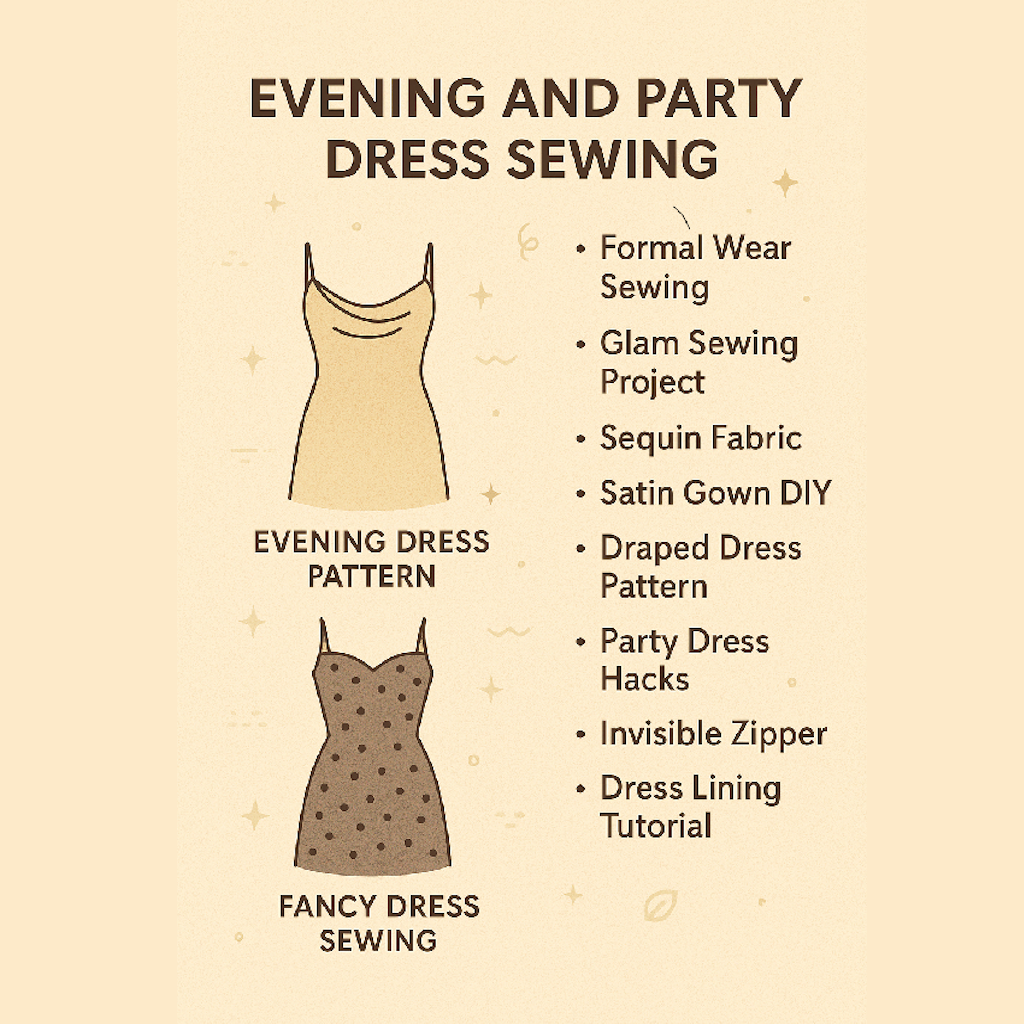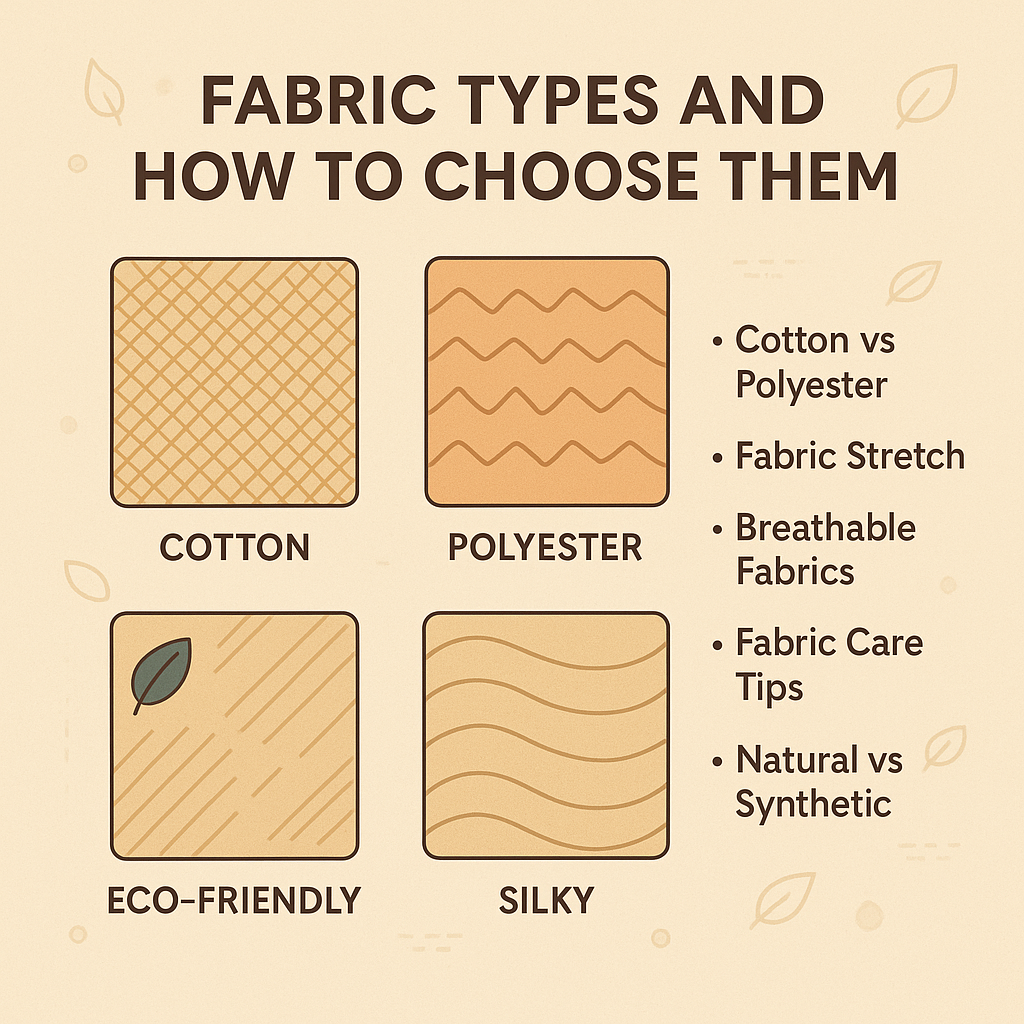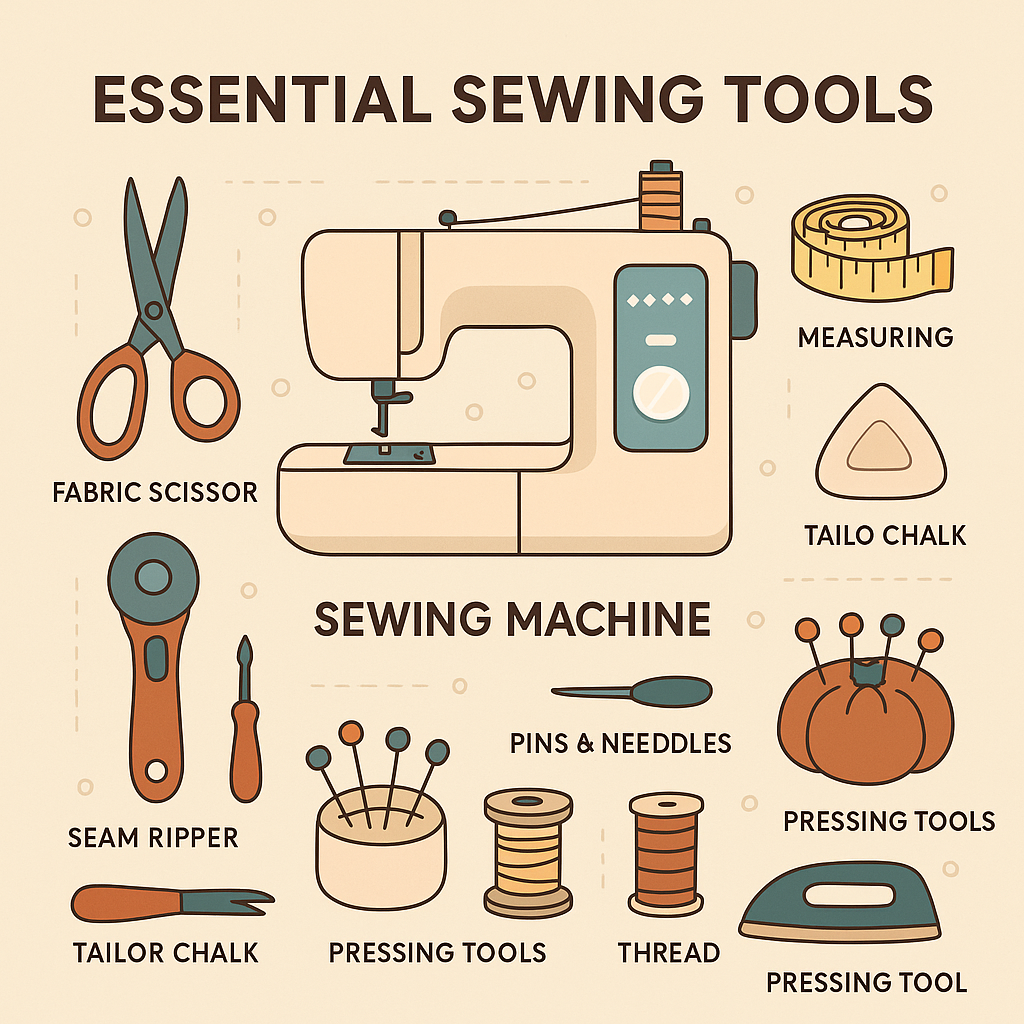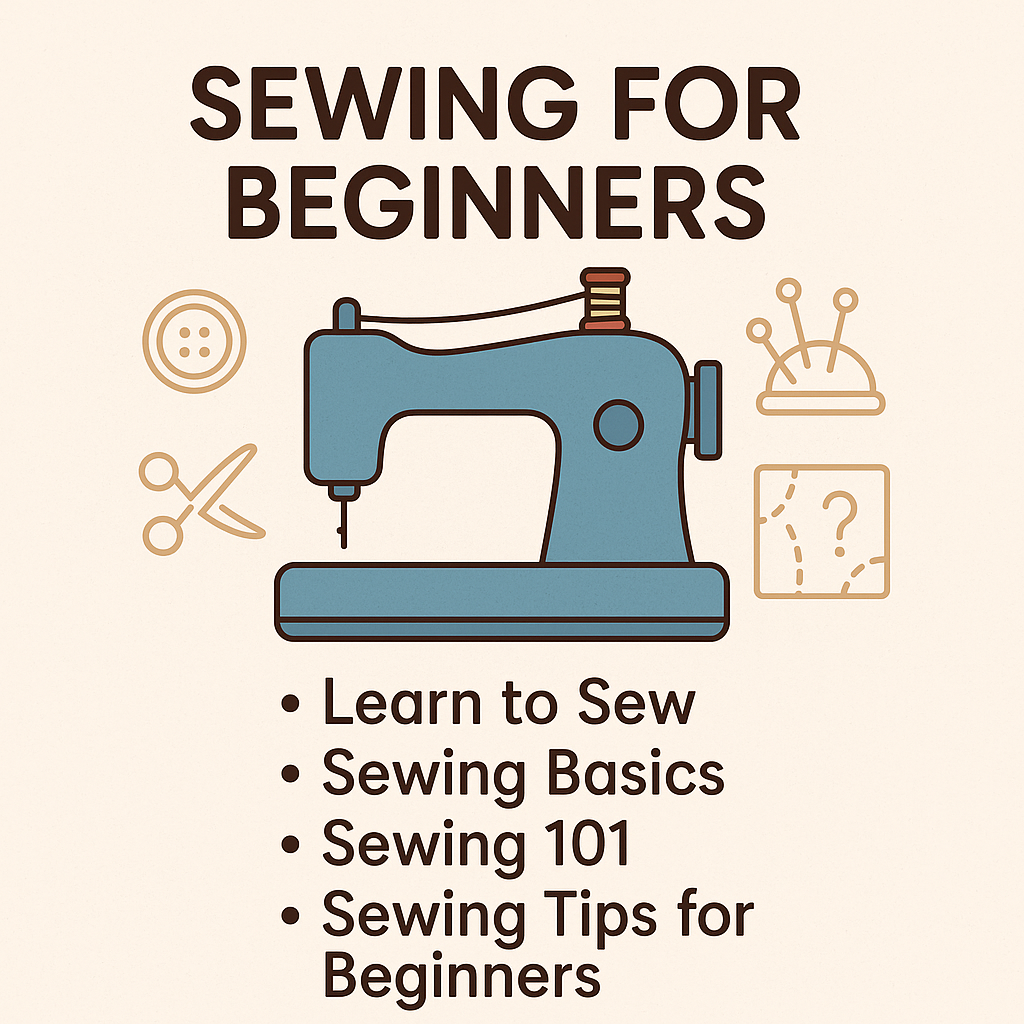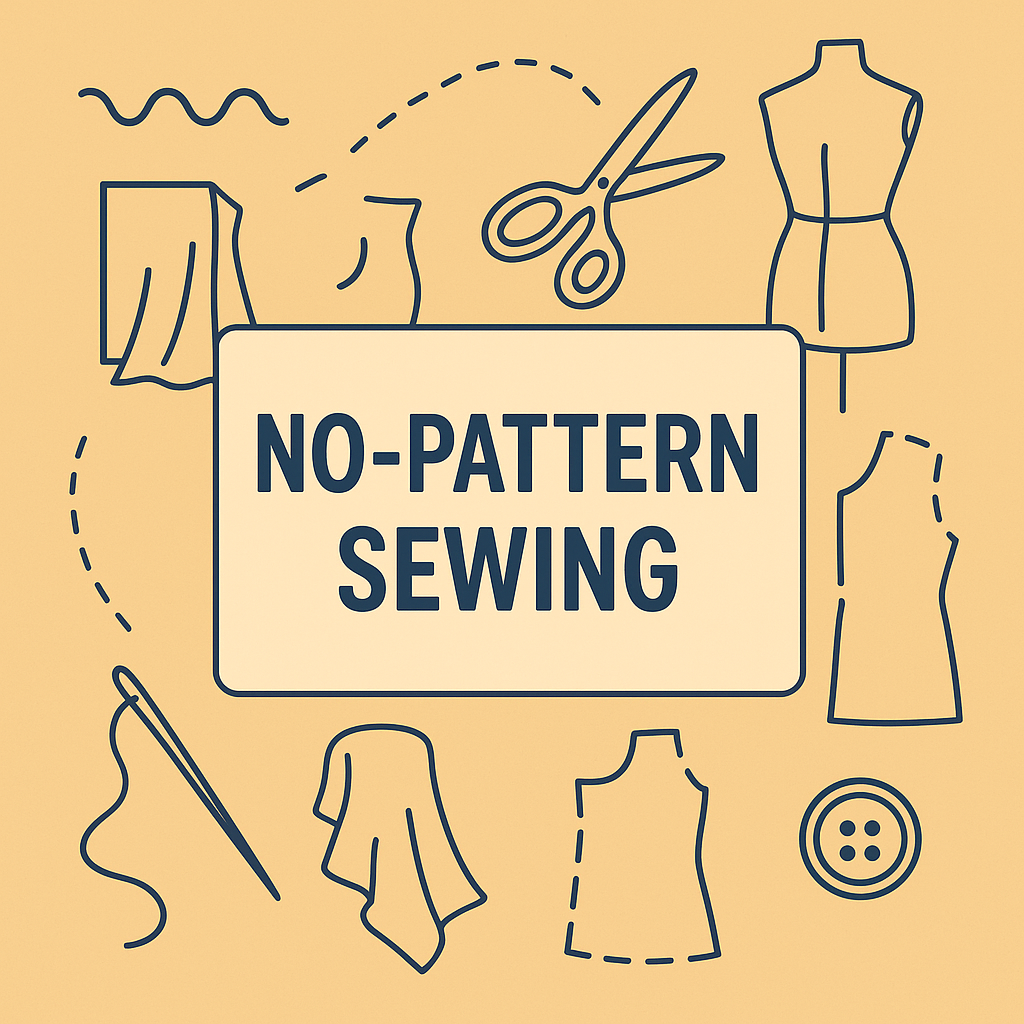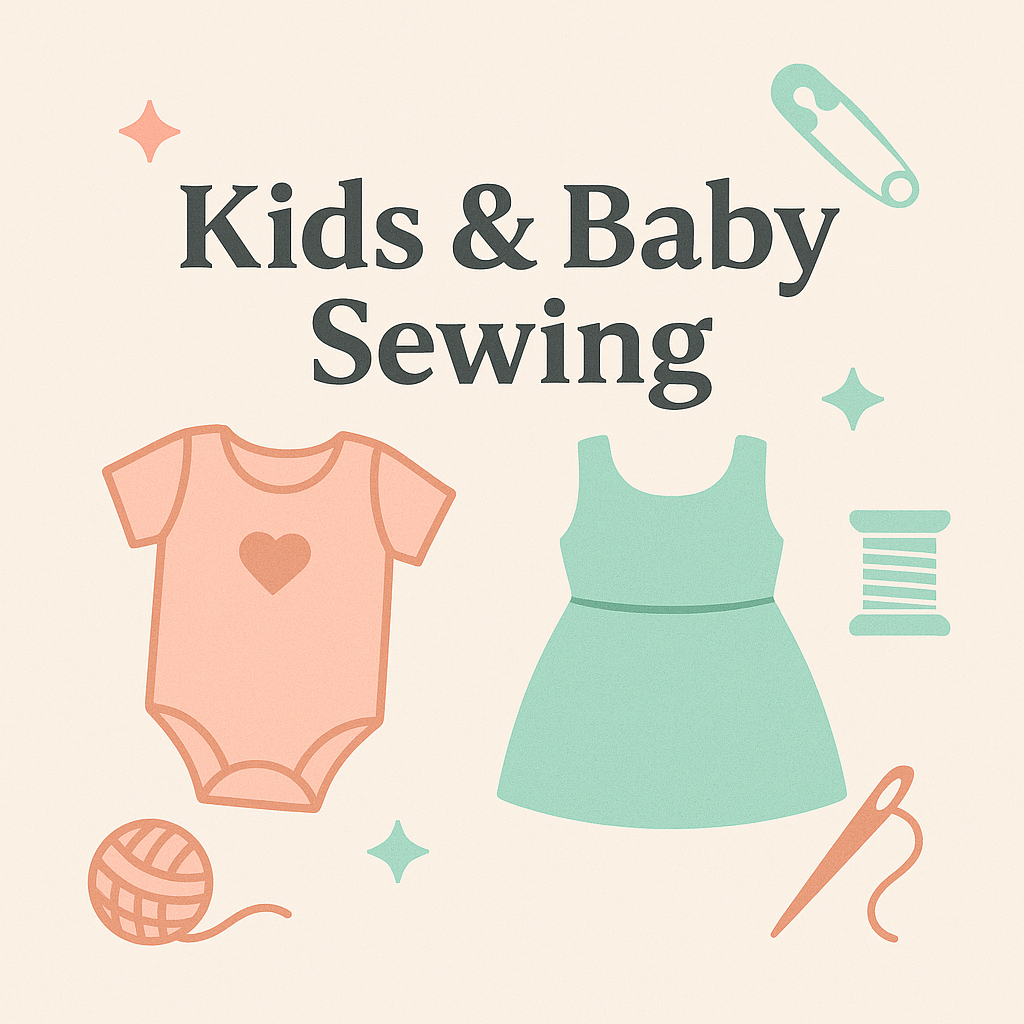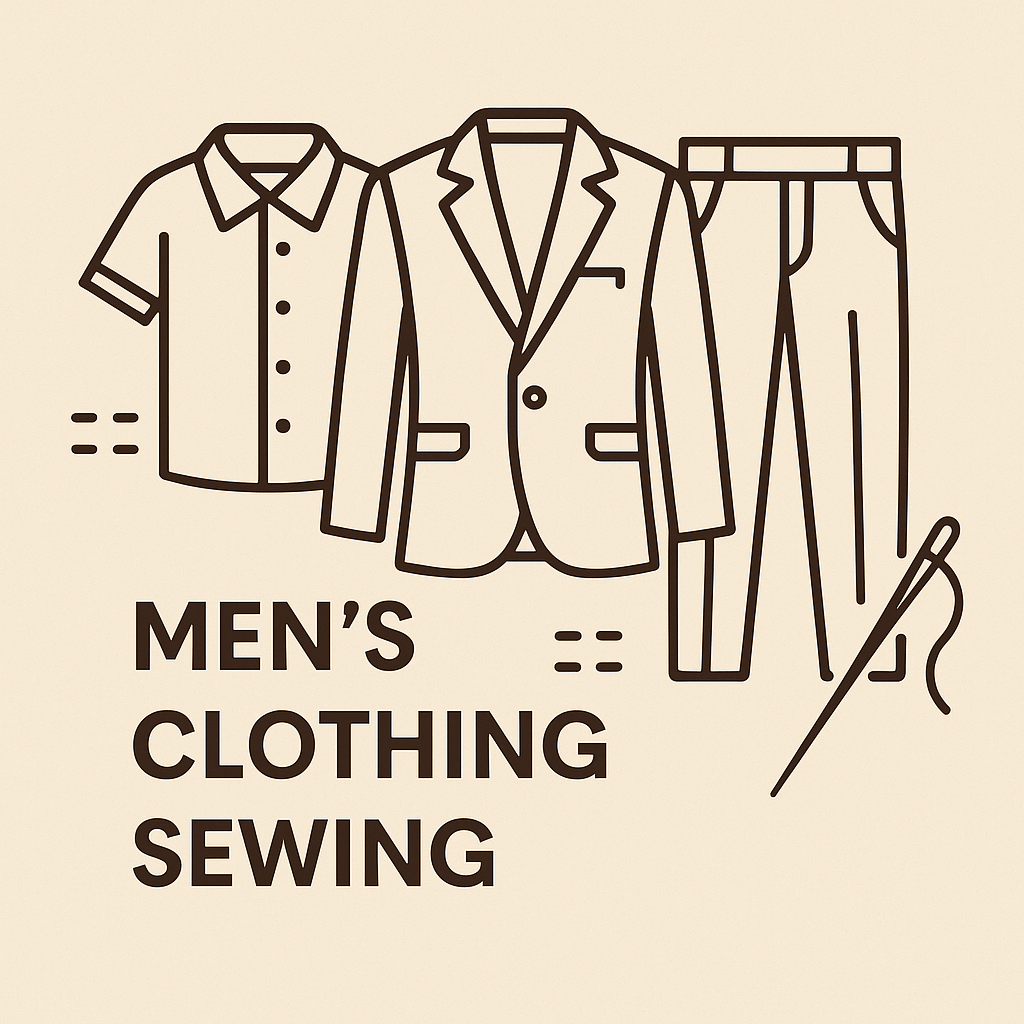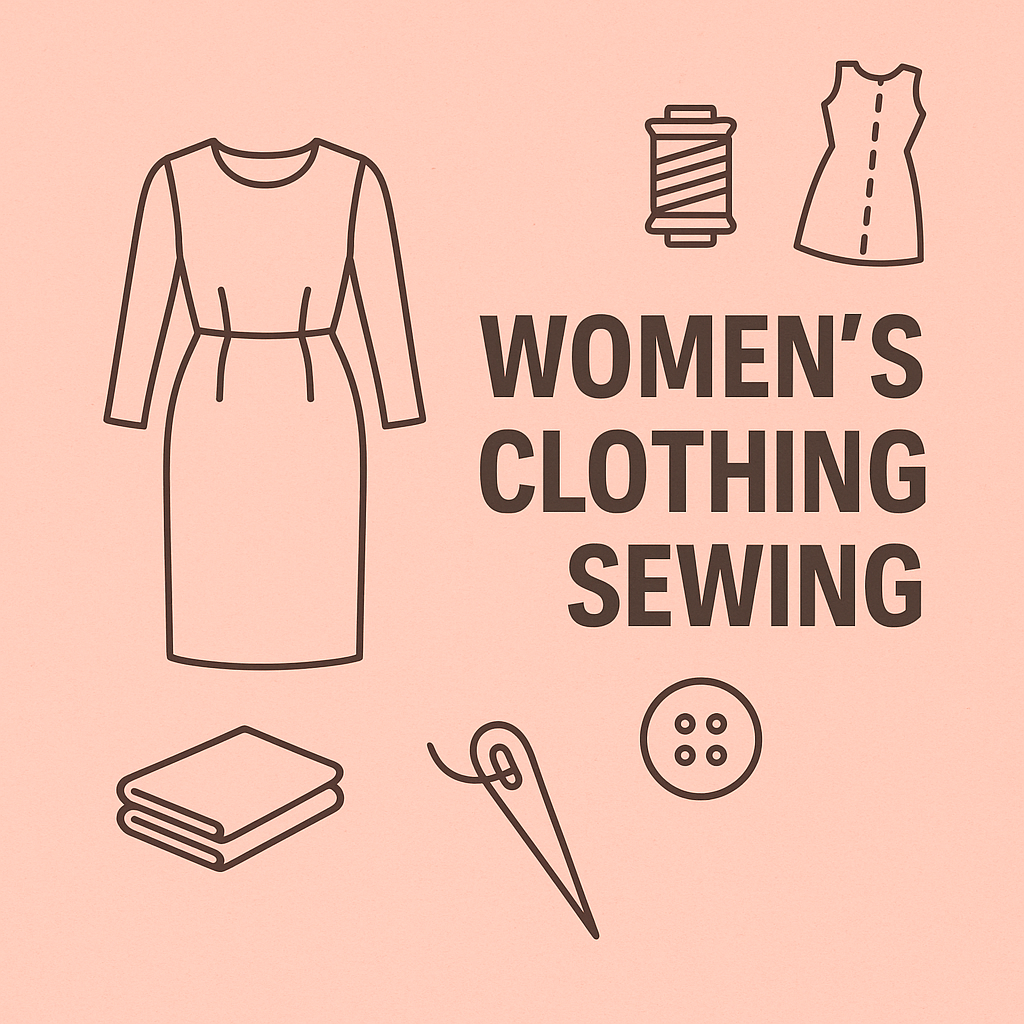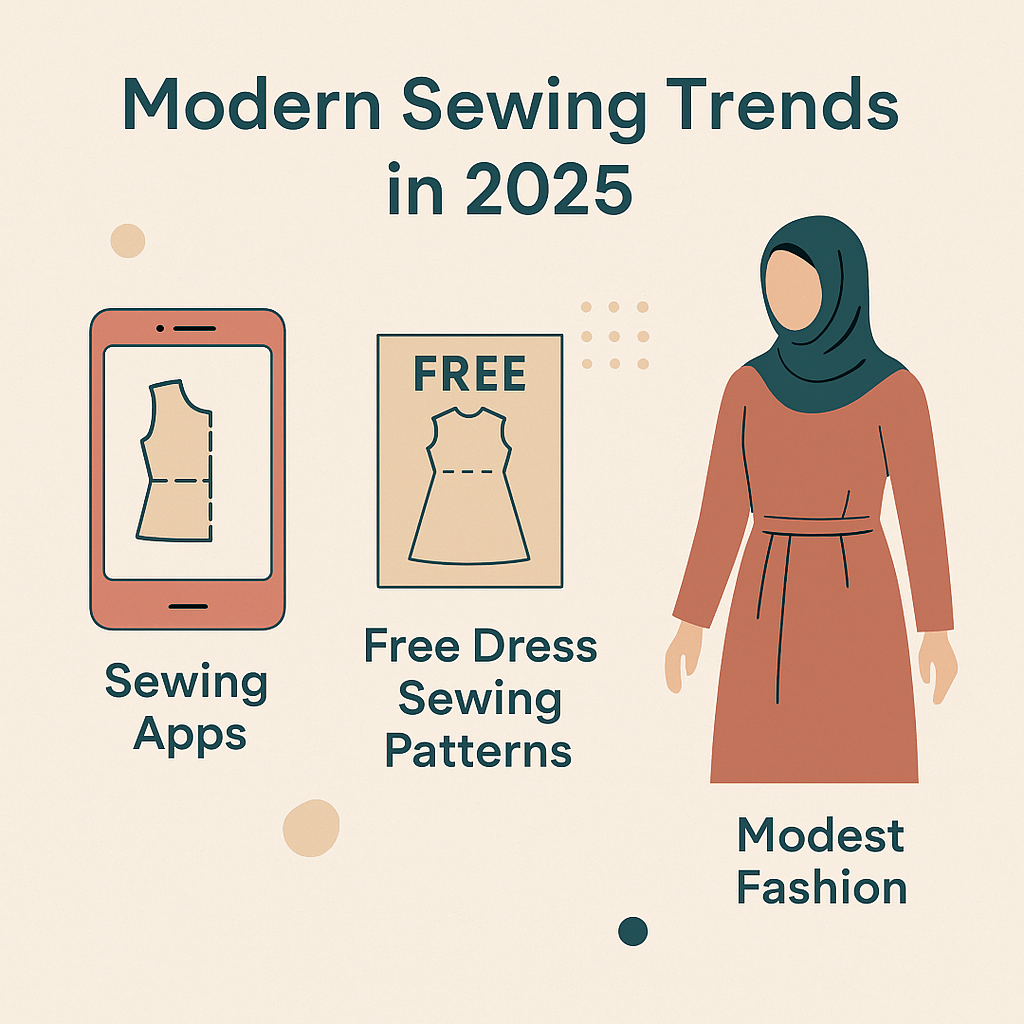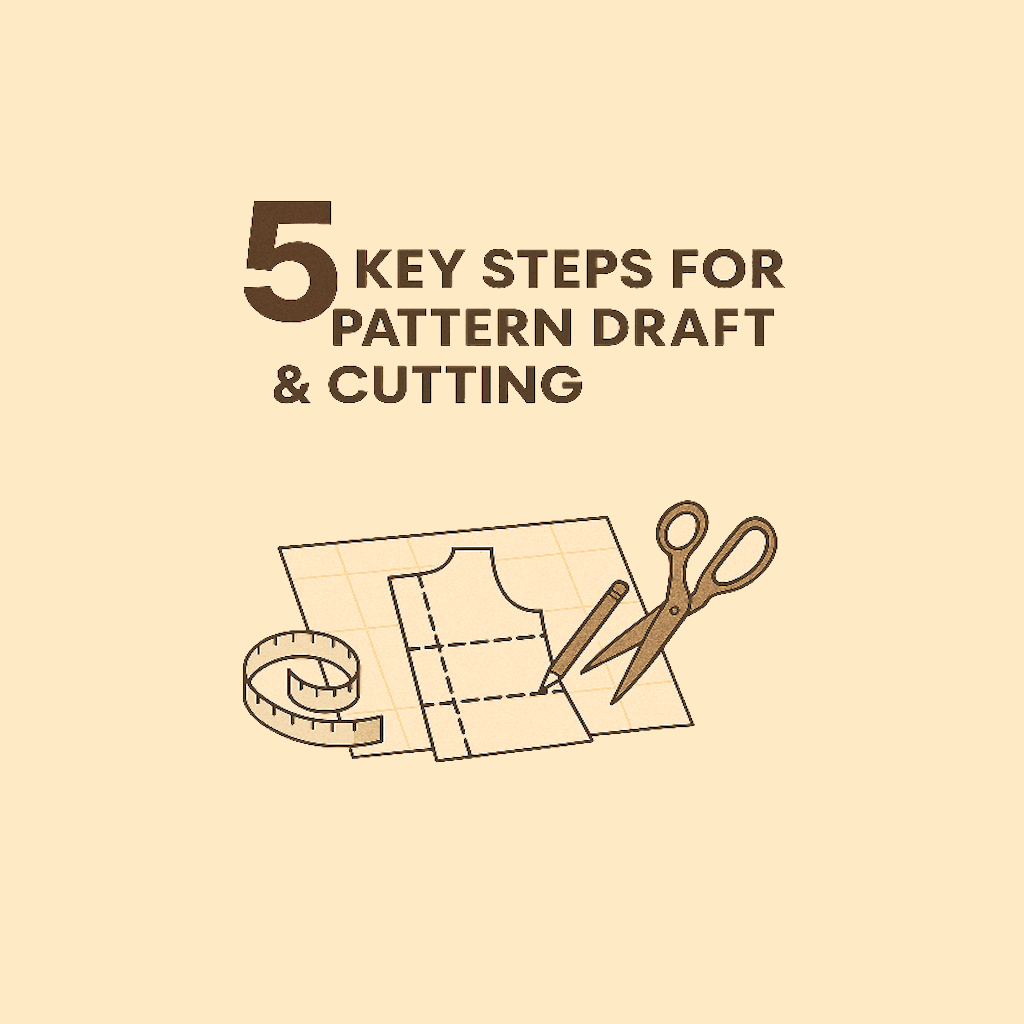
5 Essential Steps for Mastering Pattern Drafting & Cutting :
If you want to create custom-fit clothes from scratch, understanding Pattern Drafting & Cutting is a must. This essential sewing skill allows you to shape fabric into beautiful, professional garments designed exactly to your measurements and vision. Whether you’re a beginner or stepping up your DIY fashion game, following these five steps will set you up for success in Pattern Drafting & Cutting.
Step 1: Understanding the Basics of Pattern Drafting & Cutting
At its core, Pattern Drafting & Cutting means creating a two-dimensional blueprint for a three-dimensional garment. You start by learning how to draft a pattern based on body measurements and design needs. Before you even touch your fabric, you work with pattern paper, rulers, and measuring tapes to sketch out the shapes that will become your garment pieces.
Begin with a basic sewing pattern—something simple like a skirt or top—so you can practice the fundamental concepts without being overwhelmed. Remember, precise measuring is crucial for accuracy!
Step 2: Gathering Your Tools
For successful Pattern Drafting & Cutting, you’ll need a few essential tools:
- Pattern paper: Lightweight and easy to draw on.
- Measuring tape: Flexible and accurate for body measurements.
- French curve and rulers: For smooth armholes, necklines, and hips.
- Pencils and erasers: For drafting and corrections.
- Pattern templates: Helpful for beginners learning standard shapes.
- Digital pattern tools: Great if you prefer drafting patterns on a computer for easier edits and size adjustments.
Each tool helps you move closer to your goal of making professional-looking garments.
Step 3: Measuring for Patterns
Accurate body measurements are the foundation of successful Pattern Drafting & Cutting. Here’s what to measure:
- Bust, waist, hips
- Shoulder width
- Neck circumference
- Arm length
- Torso length
Using these, you can create a DIY bodice block or basic building block for tops and dresses. This is the framework from which you can create hundreds of custom designs.
Step 4: Drafting and Altering Your Pattern
Now it’s time to get into action:
- Draft your basic sewing pattern using your measurements.
- Practice dart manipulation: This allows you to shape the fabric around curves like busts and waists.
- Try pattern alterations: Adjust the original draft for style variations like flared skirts or different necklines.
- Learn size grading: This helps you scale patterns up or down to fit different sizes while maintaining proportions.
Understanding pattern alterations and dart manipulation gives you the flexibility to modify any pattern to suit your body and style.
Step 5: Cutting the Fabric
Once you finalize your draft:
- Lay out your paper patterns on the fabric according to the grainline.
- Pin carefully or use pattern weights.
- Use sharp scissors or a rotary cutter for clean, precise cuts.
Always double-check before cutting! Fabric cutting is permanent, and you want to make sure your effort in Pattern Drafting & Cutting results in perfection.
Bonus Tip: Using Digital Pattern Tools
Modern sewists are embracing digital pattern tools like Adobe Illustrator, Clo3D, or sewing-specific software to streamline their Pattern Drafting & Cutting. Digital drafting allows for easier corrections, instant size grading, and professional-quality prints. It’s a smart skill to add if you’re serious about growing your DIY fashion skills!
Final Thoughts
Mastering Pattern Drafting & Cutting transforms your sewing abilities from simply following store-bought patterns to designing entirely custom creations. Whether you’re drafting your first basic sewing pattern, adjusting designs through pattern alterations, or embracing digital pattern tools, each step empowers you to create fashion that’s truly your own.
Dive into the world of Pattern Drafting & Cutting For perfect sewing patterns every time, visit the Sew It Yourself app!

